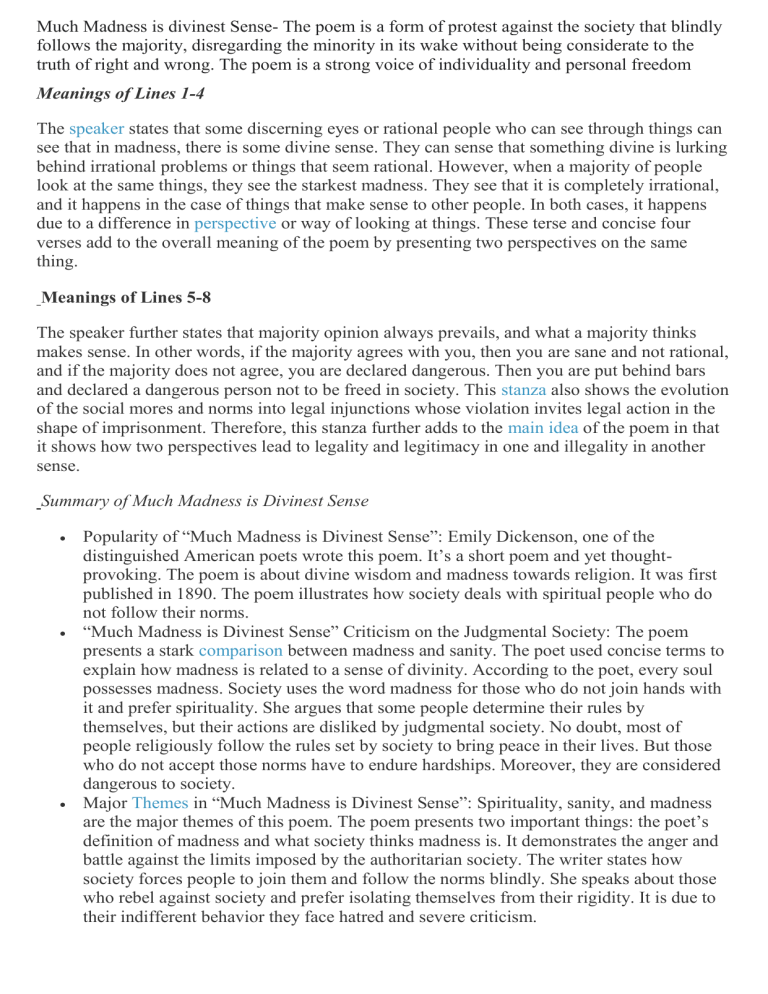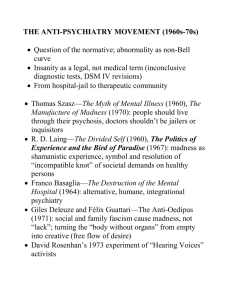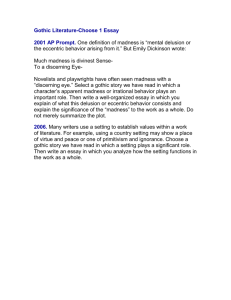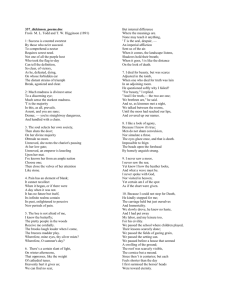
Much Madness is divinest Sense- The poem is a form of protest against the society that blindly follows the majority, disregarding the minority in its wake without being considerate to the truth of right and wrong. The poem is a strong voice of individuality and personal freedom Meanings of Lines 1-4 The speaker states that some discerning eyes or rational people who can see through things can see that in madness, there is some divine sense. They can sense that something divine is lurking behind irrational problems or things that seem rational. However, when a majority of people look at the same things, they see the starkest madness. They see that it is completely irrational, and it happens in the case of things that make sense to other people. In both cases, it happens due to a difference in perspective or way of looking at things. These terse and concise four verses add to the overall meaning of the poem by presenting two perspectives on the same thing. Meanings of Lines 5-8 The speaker further states that majority opinion always prevails, and what a majority thinks makes sense. In other words, if the majority agrees with you, then you are sane and not rational, and if the majority does not agree, you are declared dangerous. Then you are put behind bars and declared a dangerous person not to be freed in society. This stanza also shows the evolution of the social mores and norms into legal injunctions whose violation invites legal action in the shape of imprisonment. Therefore, this stanza further adds to the main idea of the poem in that it shows how two perspectives lead to legality and legitimacy in one and illegality in another sense. Summary of Much Madness is Divinest Sense Popularity of “Much Madness is Divinest Sense”: Emily Dickenson, one of the distinguished American poets wrote this poem. It’s a short poem and yet thoughtprovoking. The poem is about divine wisdom and madness towards religion. It was first published in 1890. The poem illustrates how society deals with spiritual people who do not follow their norms. “Much Madness is Divinest Sense” Criticism on the Judgmental Society: The poem presents a stark comparison between madness and sanity. The poet used concise terms to explain how madness is related to a sense of divinity. According to the poet, every soul possesses madness. Society uses the word madness for those who do not join hands with it and prefer spirituality. She argues that some people determine their rules by themselves, but their actions are disliked by judgmental society. No doubt, most of people religiously follow the rules set by society to bring peace in their lives. But those who do not accept those norms have to endure hardships. Moreover, they are considered dangerous to society. Major Themes in “Much Madness is Divinest Sense”: Spirituality, sanity, and madness are the major themes of this poem. The poem presents two important things: the poet’s definition of madness and what society thinks madness is. It demonstrates the anger and battle against the limits imposed by the authoritarian society. The writer states how society forces people to join them and follow the norms blindly. She speaks about those who rebel against society and prefer isolating themselves from their rigidity. It is due to their indifferent behavior they face hatred and severe criticism.



